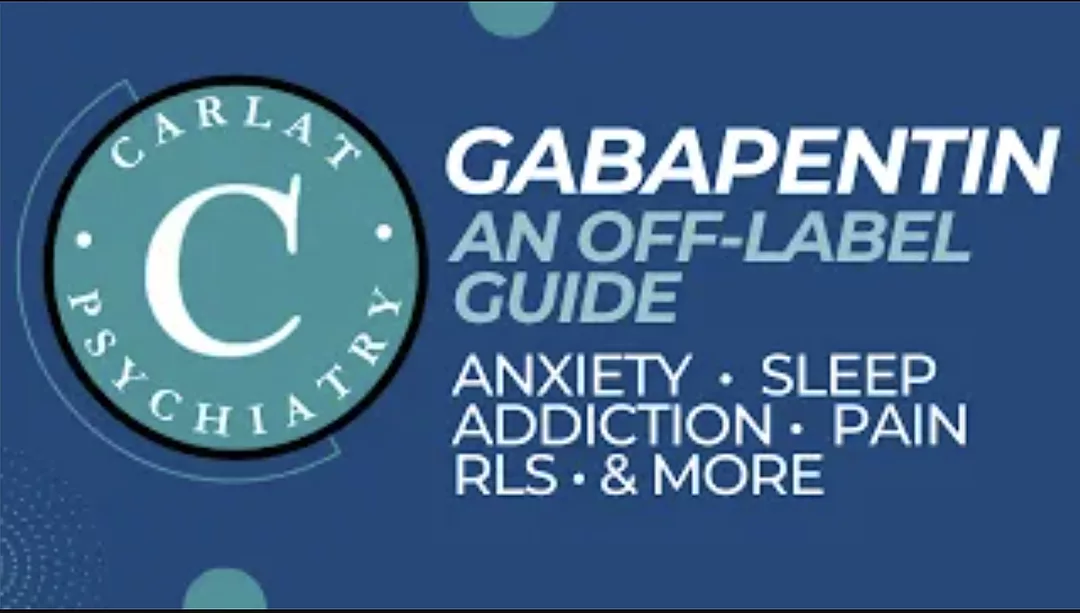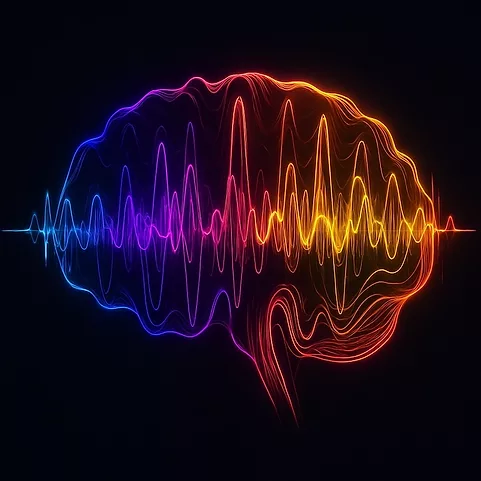In today’s video, we explore the off-label uses of Gabapentin, also known as Neurontin. While Gabapentin is FDA-approved for partial seizures and postherpetic neuralgia, its off-label uses are more extensive, especially in psychiatry. Gabapentin for anxiety disorders is notable, with doses between 900 and 3,600 milligrams per day showing effectiveness in reducing symptoms. Though clinical trials are small, Gabapentin and alcohol interactions suggest benefits in patients with alcohol use disorders.
Additionally, Gabapentin for pain is effective for neuropathic pain conditions like postherpetic neuralgia but not recommended for common pain conditions. For sleep issues, Gabapentin for sleep can enhance sleep quality, though it may not aid in falling asleep faster. It’s used for insomnia, improving sleep depth and reducing nocturnal awakenings. Gabapentin’s role in managing alcohol and cannabis use disorders is significant. It reduces heavy drinking days and improves sleep quality during alcohol recovery. However, caution is needed during alcohol withdrawal due to potential seizures. Gabapentin for cannabis use disorder shows promise, although it’s not effective for all addictions. Gabapentin also treats restless leg syndrome (RLS), with doses up to 2,400 milligrams proving effective, despite FDA approval being limited to Gabapentin enacarbil. It helps manage akathisia and hot flashes as well.
Side effects include sedation, dizziness, and fatigue. Gabapentin’s nonlinear pharmacokinetics mean absorption plateaus above 900 milligrams, and dose adjustments are necessary for renal impairment. In summary, Gabapentin is useful for managing anxiety, insomnia, addiction, and certain types of pain, though evidence varies. For a detailed fact sheet on Gabapentin, visit thecarlatreport.com and consider subscribing to the Carlat Psychiatry Report for updates and expert insights.
Related:


_-The-Breakthrough-Antipsychotic-That-Could-Change-Everything.webp?t=1729528747)



